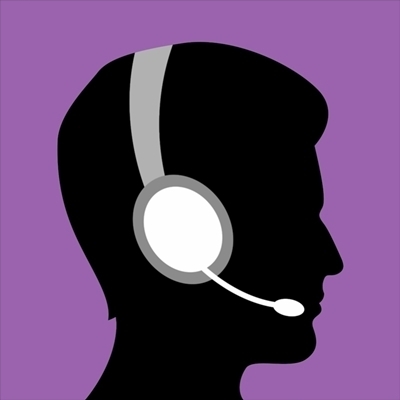Almost every client and colleague, no matter the size of the company or type of department, agrees on their biggest talent issue: The lack of critical thinking among young professionals.
Statistics, of course, back them up: When Harris Interactive last year polled employers and about-to-enter-the-workforce employees about the state of preparedness of grads, the disconnect was drastic. Nearly 70 percent of millennials said they were ready to work, while fewer than half of employers concurred.
The next obvious question (and its add-ons): How do you teach critical thinking – and how can you identify and measure it?
No easy answers: Recruiters rely on take-home exercises and behavioral interviewing to assess a candidate’s capabilities. So, too, managers might opt for a series of conversations about process and open-mindedness, two attributes so important to making good decisions. Or simply by learning on the job, with practicums and examples pulled from everyday challenges.
Another option from our across-the-ocean counterparts: U.K. students can select “resolution of dilemmas” and “critical reasoning” courses.
All well and good. Yet it still leaves many of us needing to train staff on thoughtful and reasoned considerations, the art of good decision making.
What’s your solution? Hand out books? Walk through workshops? Assign case histories? Or announce, as did U.S. Supreme Court Justice Potter Stewart, that “you know it when you see it.”

